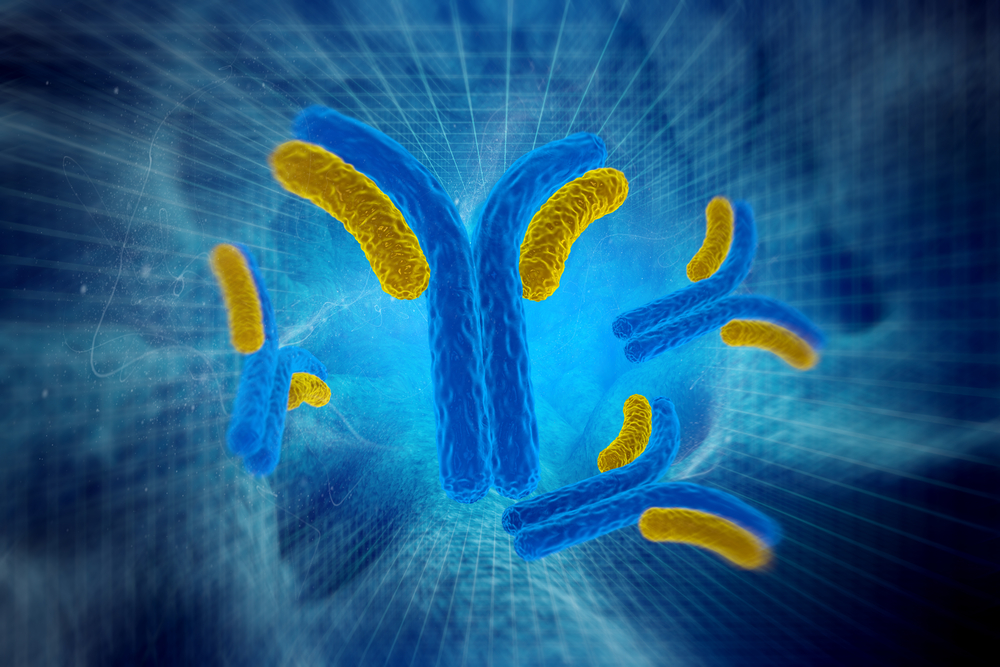New Monoclonal Antibody Described as Potential Therapeutic Agent for SLE

Researchers developed a new monoclonal antibody against specific cells and molecules involved in systemic lupus erythematosus (SLE) that has shown potential both in vitro and in vivo studies. The findings have led the scientists to believe the antibody is ready for clinical testing in people as a potential new therapeutic agent.
The study, by researchers at the University of Melbourne and the biotechnology company CSL Limited, is titled “A cytotoxic anti-IL-3Rα antibody targets key cells and cytokines implicated in systemic lupus erythematosus” and was published in JCI Insight.
Therapeutic strategies to manage SLE mainly focus on targeting autoantibodies, which are produced by B-cells and central to the pathogenesis of the disease. Drugs like rituximab and belimumab target B-cells in an attempt to reduce the levels of these harmful proteins. But recent data have shown that type 1 interferons (IFNs) and associated pro-inflammatory molecules are highly expressed in the serum of SLE patients, and support the existence of an IFN gene signature. Some clinical trials have also demonstrated that monoclonal antibodies (mAbs) targeting IFN-α and the type I IFN receptor reduce the IFN gene signature and disease activity measures. Type 1 IFNs are mainly produced by plasmacytoid dendritic cells (pDCs), cells known to be pathogenic in mouse models of lupus.
Researchers developed a humanized therapeutic mAb, CSL362, that binds to CD123, a receptor highly expressed in the surface of pDCs and other cells involved in SLE. The utility of this mAb was investigated in vitro in cells from SLE patients, with the team finding that CSL362 depleted pDCs and basophils in the blood, and reduced the production type 1 IFN and type 1 IFN-induced genes. This effect was confirmed in vivo by administering CSL362 to monkeys. (Basophils, a type of white blood cell or leukocyte, also express high levels of CD123 and are involved in SLE pathology.)
“Our data suggest that CSL362 may be a new tool to dissect the role of pDCs, basophils, and IL-3 in various human diseases and highlight its potential role for use in the treatment of SLE and other IFN-dependent disorders,” the researchers wrote.






